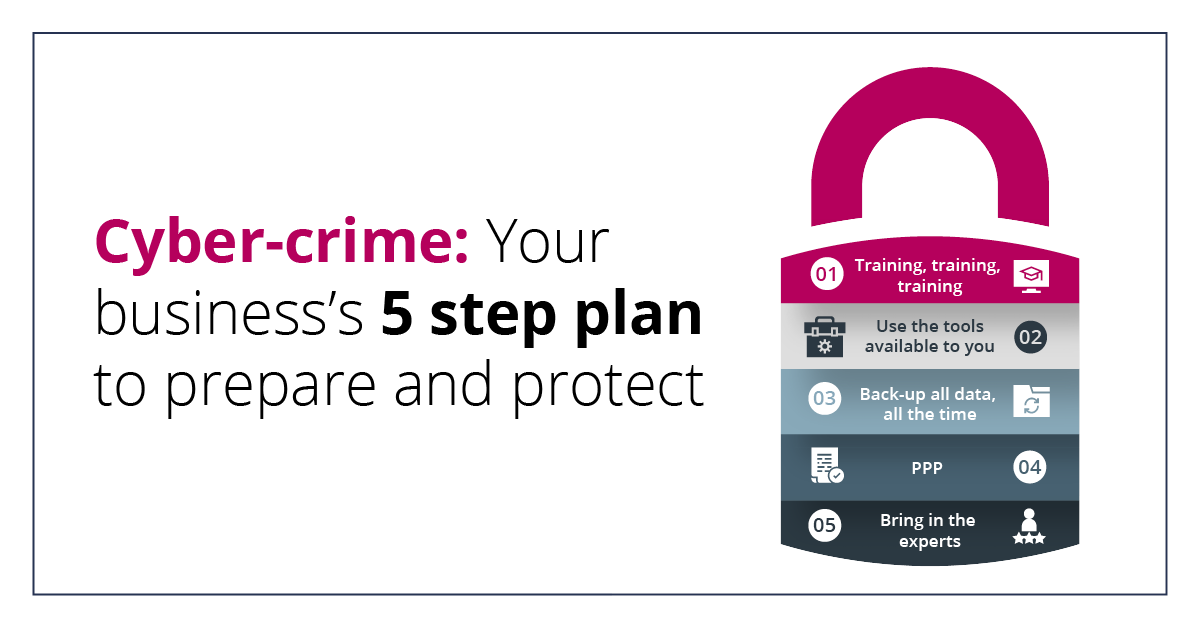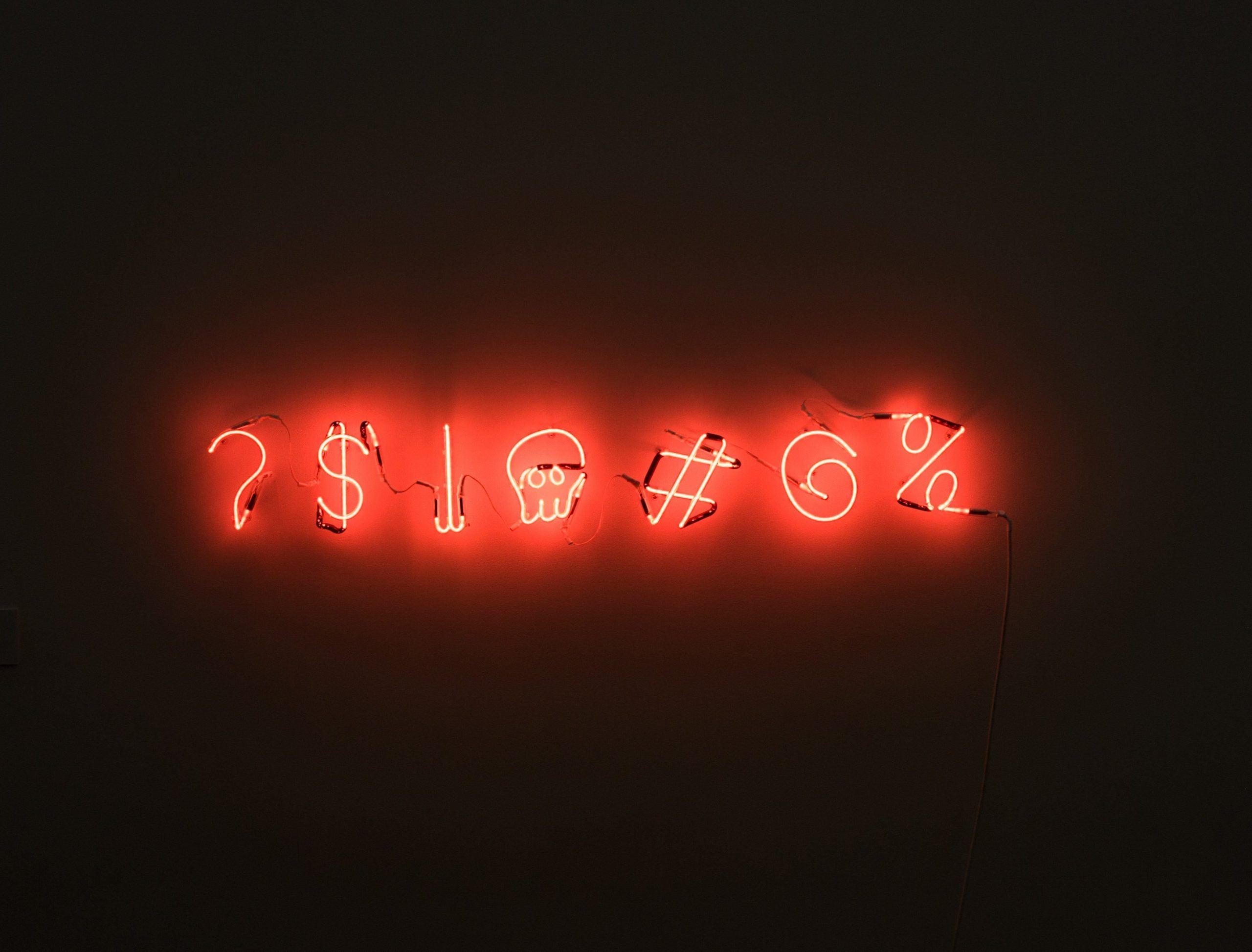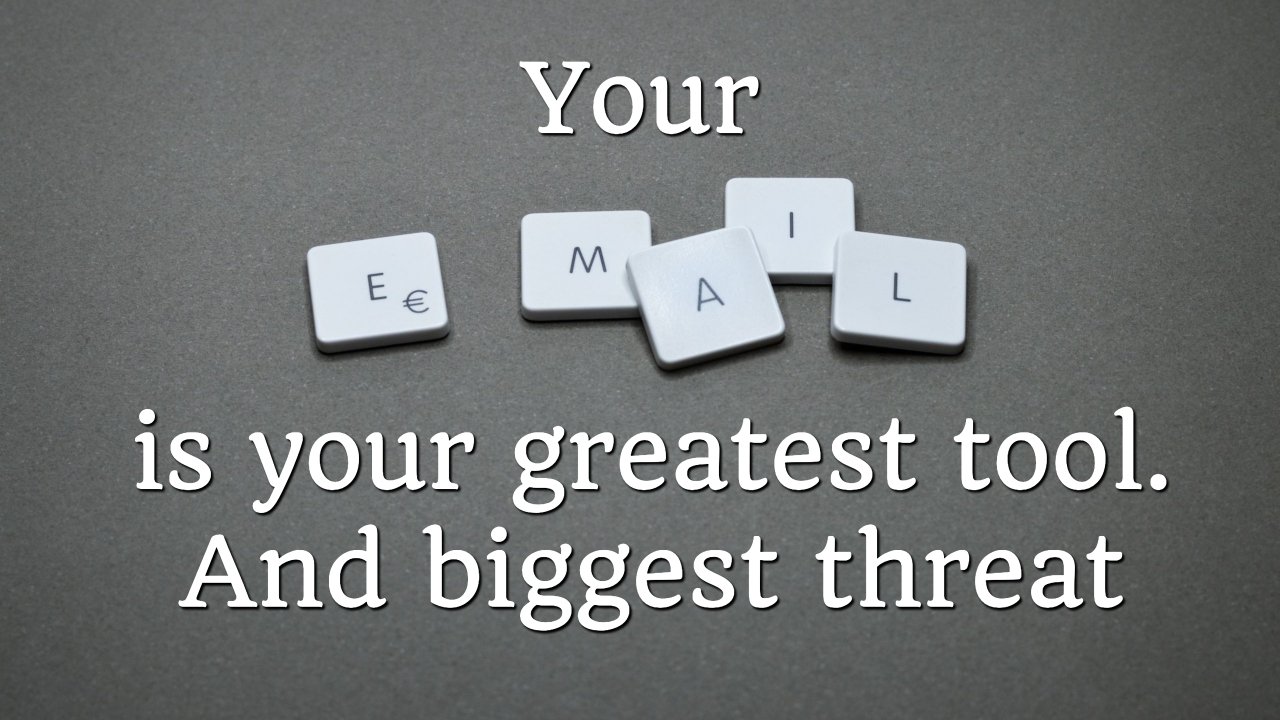Wi-Fi is about to get a whole lot quicker. That’s fantastic news: faster internet is always in demand, especially as we use more bandwidth-demanding applications, games, videos and music streaming on our laptops and phones.
Continue readingCyber-Crime: Prepare and Protect Your Business in 5 Steps
Every year, the world economy loses more than $1 trillion to cyber-crime. Do not become part of that statistic.
Continue readingHow To Make A Super Secure Password
Passwords are the only thing standing between hackers and all your personal or business files, documents, photos and deepest, darkest secrets.
Is isn’t difficult for accounts to be hacked and passwords to be changed or attained when your passwords are weak.
There is software floating about that super techy guys know how to work, which decodes passwords in seconds and gives access to anything from an Instagram account to a CEO’s personal email. It works a bit like cracking a safe – in theory it’s a good, ‘secure’ idea but it’s actually really easy to break into.
This means you have to up your password game to stay protected. A measly name or street road, password followed by a number won’t cut it anymore.
TIPS TO SECURE YOUR ACCOUNTS:
1. Make sure you don’t have the same password for all your accounts.
2. Select a standard of 8 characters, 1 capital letter and 1 special character.
3. No common words or things associated to you personally (date of birth, pets name, street name)
4. Download a password manager and two-factor authentication app such as Last Pass. This way if a hacker does gain access to your password they won’t be able to log in without a one-time generated code.
5. DON’T MAKE YOUR PASSWORD, ‘password’!
What is Phishing?
Phishing is a fraudulent online method of coaxing sensitive information such as; usernames, passwords, credit card details, medical history, etc. through the use of emails, phone or text.
These emails are designed to seem legitimate and are sent by scammers posing as real people or companies that that person does business with.
In actual fact, they are from attackers looking to infiltrate your system or attain a payment or your credentials. It could include a prompt in the form of a link to a website or a simple request of payment details.
TIPS TO AVOID SCAMS:
1. If the email is from a sender you don’t recognise – DO NOT OPEN IT.
2. If the email is from a sender you DO recognise, but the subject line and message are regarding an issue unknown to you or asking for a payment, always call the person to CONFIRM the details.
3. Double check the sender’s email address – often scammers will misspell or add numbers to a familiar email to make it believable. E.g. if the real email is ‘[email protected]’, the scammer might use ‘[email protected]’
4. If the email isn’t addressed to anyone – be suspicious. If payments are being requested, it should at least greet your personally (Hi John). If the email goes right into requesting funds without any niceties or conversation topics familiar to you and that person, it could be a sign of phishing.
5. Some blackmail hackers will use scare tactics to get you to make a payment. This could be threats such as; ‘We will release your search history to your colleagues’ or ‘We will delete your database’, etc. followed by, ‘unless you make a payment to this account’. Don’t believe it and make your IT department aware.
6. Change your password regularly [See our post about how to create a secure password].
Your E-Mail Is Your Greatest Tool… And Biggest Threat
Because we rely on email so much to run our businesses, it’s our greatest tool (no matter how much you might sigh when you see how many unread emails you have).
But because there’s so much activity in there. And you can receive emails from anyone, it’s the most common way to try to breach your business.
Hackers are targeting every business, every day. Using clever automated tools.
In this new video we show you some of the common cyber crimes that start in emails. And how to protect your business.
We’re iceConnect, looking after businesses in London. And we’re very much on your side. Let’s work together to keep the hackers out.
Watch our brand new video now.






